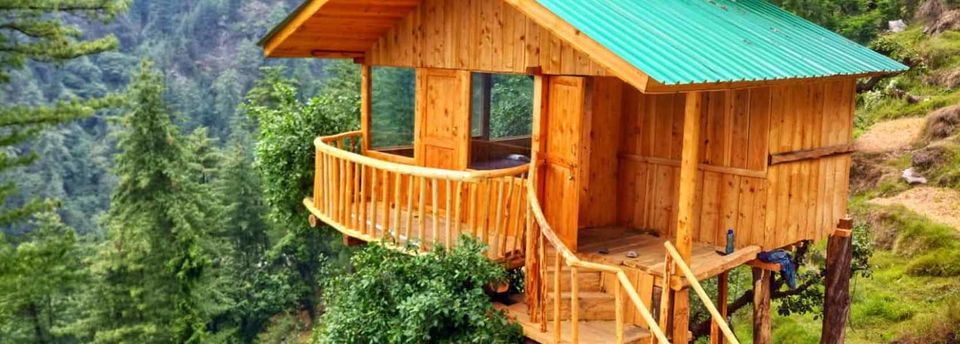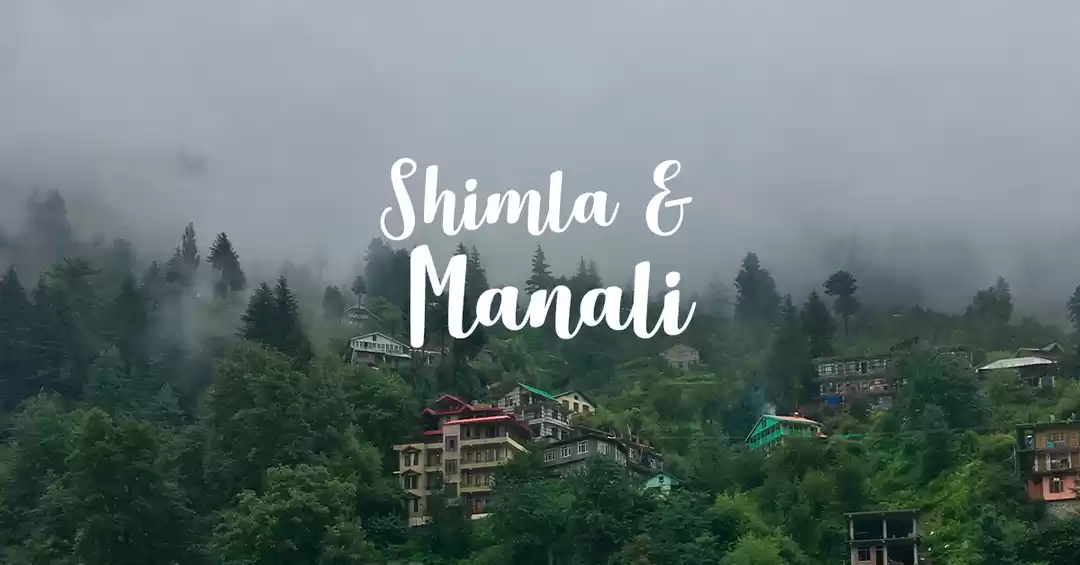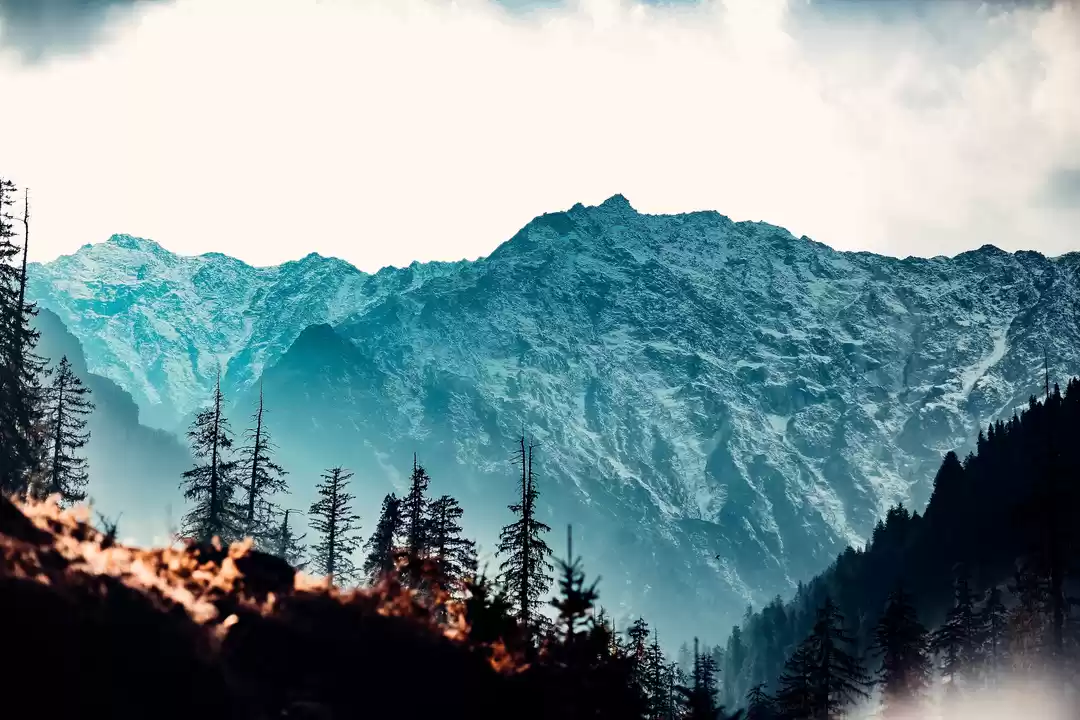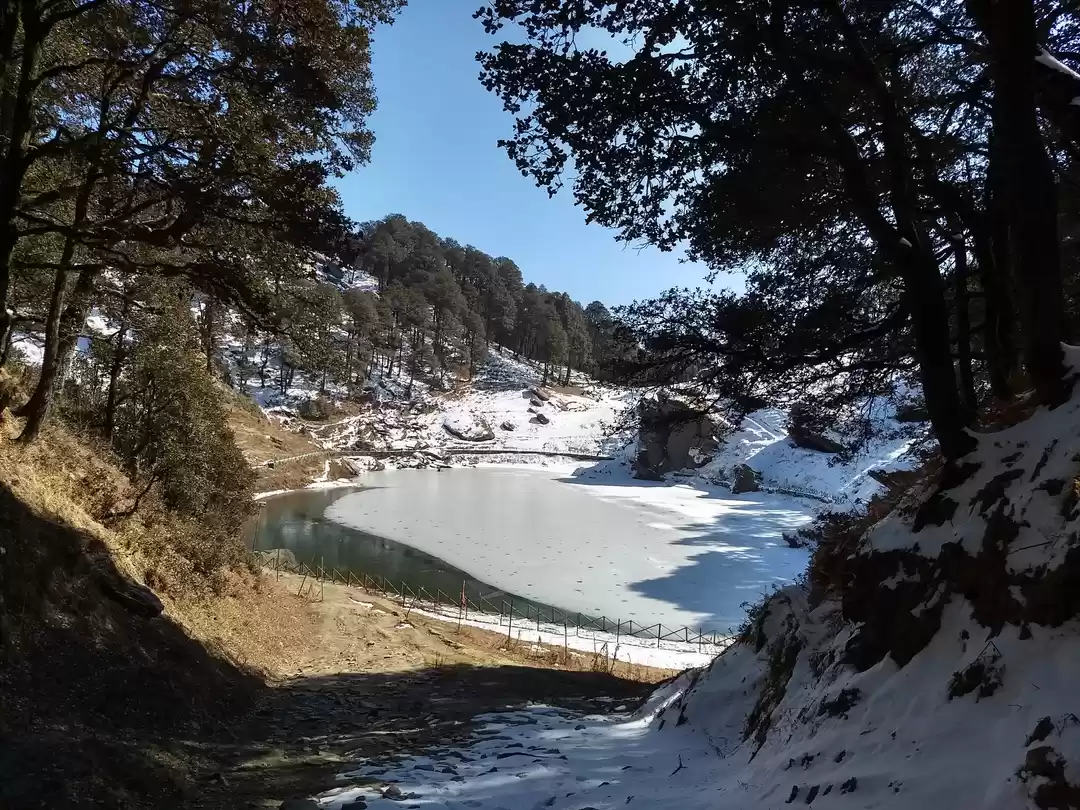This post has taken a long time coming. From seeing Jibhi as an unspoiled paradise and a secret that I wanted to explore. Jibhi lies in Banjar Valley on a popular route connecting Manali to Shimla and is only 14 kms from Jalori Pass.
And it indeed seemed to be a perfect world, with lovely cottages laid out close to the cute little stream and long term stayers from many countries making Jibhi their summer home. Jibhi is only 8 kms from Banjar which is a bigger town in the valley. The UNESCO World Heritage Site Great Himalayan National Park (GHNP) is also not too far away from Jibhi. Rana ji of Doli Guest House in Jibhi has been instrumental in making Jibhi a known name for seekers of calm and offbeat travellers.

In 2017, I only walked across Jibhi and had a quick peek at Shringi Vatika in Ghiyagi and stayed in Sojha but couldn’t stay in Jibhi. It was only in 2019 that I stayed in Jibhi for the first time. It was a dreamy experience and I totally loved the serene sound of gurgling water from my cheap homestay.

A road for Bahu – Gada Gushaini – Janjehli bifurcates from Jibhi bridge and that area had pretty looking wooden cottages; I inquired at one of them and found that they charged approx. 800 per night. My homestay was located close to the main road itself and the kind owners only charged me 200 if I intended to stay for a longer time. Fishing and angling enthusiasts can have a nice time in Jibhi trying their hand at angling in the stream.


I was happy to just while away my days eating Siddu at the only dhaba (in those days) in Jibhi and enjoy my time sitting on the rocks near the pristine stream. I had heard about Chehni Fort but was unsure and lazy about going there. There was a secret waterfall near Jibhi that was quite popular among the locals too! It was such a lovely escape that I decided to keep the memories for myself and thought that it was better to keep this experience a secret.

It was almost the end of February and I was returning from Spiti. After a lucky experience of walking in snowfall from Jalori Pass to Sojha (Also Shoja), I found a ride to reach Jibhi. I stayed in the same homestay as I had stayed earlier but had not failed to notice that numerous homestays had come up in Jibhi. After a day of relaxation, I decided to venture out and was again lucky when someone on a bike offered to drop me to the ‘Attractions around Jibhi!’

Shringi Rishi Temple – Bagi Village (Shringa Rishi Temple)
The chilly air almost froze me whenever the bike was in the shade; the local dude was quite an adventurer and surely gave me a frightful ride to the entrance point of the Shringi Rishi Temple in Bagi village. From the roadhead, the temple is hardly a 10 minute walk away. For reaching Bagi village, we proceeded on the road towards Banjar and around 3 kms after Jibhi, a road bifurcates for Bagi – and Shringa Rishi Temple signboard is also prominently visible.
After a quick but ascending walk, I saw a small green meadow with a wooden structure standing tall. I had reached the Shringi Rishi Bagi Temple and local devotees were also making a beeline for offering their prayers at the temple. Shringi Rishi is a popular deity of Inner Seraj valley and maybe that was the reason for the bike guy to drop me to the temple.
It was a three tiered building and even outsiders were allowed entry inside the temple (which is not always the case in Himachal Pradesh). The valley views from one of the windows were stunning. After spending some time in the temple, I walk down and see the stunning old house adjacent to the Shringi Rishi Temple. I asked a few locals around the way to reach Chehni Kothi and they indicated that it was a short 1 hour trek.

Chehni Kothi (Chaini Fort)
Chehni Kothi was the towering pinnacle of the entire Kullu Valley and I could not wait to set my eyes upon it. I had read in some book that it was one of the most stunning Tower Temples of Himachal Pradesh, completely built with stone and wood. It is said to have been damaged in the Kangra earthquake of 1905 and the top two storeys were destroyed. In the present day, Chehni Kothi is a five storey structure.

Beginning from Shringi Rishi Temple, there was a well defined trail to reach Chehni (Chaini) village. The trail passed through beautiful cedar forests, apricot blossoms, serene apple orchards bereft of leaves and a brief cloud cover made me feel quite cold. After walking for 45 minutes, I came across a solitary house and asked them if I was heading the right way? They showed me the path from where I was supposed to ascend and I would be able to see the towering Chehni Kothi from afar.

Architecture of Chehni Kothi
Architecture of Chehni Kothi is in an indigenous method of Pahadi architecture. The leaning tower is supported by a stone wall, reinforced with horizontal wooden logs without use of cement or a binding agent. The wooden beams and stone are layered and interlocked to withstand even powerful earthquakes like the 1905 Kangra one.

Just before reaching Chehni village, I could hear the sound of a procession and in no time saw that some locals were carrying the devta on their shoulder and playing some trumpets. The sounds reverberated in the entire valley and I stood in my tracks wishing to take a closer look at the proceedings. The procession was headed to a different village and they also invited me to come and take part in the festivities. While walking up, you are forced to tilt your head to look up at this stunning castle, standing there in all its sublime glory.

The sun was playing hide and seek and I proceeded towards Chehni Kothi. It looked colossal even when I looked at it while reaching the village but the sense of its 45m height was visible when I stood in the courtyard of Chaini village. I gazed at it wide eyed, clicked a few pictures when some sheep wandered in front of the castle. Although Chehni Kothi is not a popular touristy spot, some men of the village came and posed in front of the tower wearing their Kinnauri topis.

According to the locals Chehni Kothi was built in the 17th Century by King Dhadhu. Therefore, Chaini Kothi is also referred to as Dhadhiya Kothi sometimes. I was quite excited to be finally in front of this wonder but fear crept in looking at the hanging wooden staircase! There was a warning board outside Chehni Kothi that no one is allowed to come inside the Kothi. I pretended to have not looked at the board and asked the village men to lead me the way.

Chehni Kothi was not visible from the main road, and only with prior information can one actually reach this offbeat place near Jibhi. Just before reaching the village there was a picturesque little stone hut with a shawl making khaddi surrounded by piles of hay. It felt very tranquil, especially with the sky turning white in the same instant and a short drizzle that felt like snowflakes! The houses surrounding Chehni Kothi appeared to be really old but also seemed very sturdy. Strange were the ways of the old architecture of these remote villages in Kullu Valley.


The women of the village instantly realised that I was keen on seeing Chehni Kothi from the inside and immediately said that outsiders are not allowed to enter. The men seemed to be ok with me visiting and to further my chances, I made them known that I was a ‘Rajput’ from Rajasthan. The women would have none of it and with one excuse after another made sure that I gave up on my visit inside this tower. Someone told me that the insides are filled with treasures of gold and thats why due to recent robberies in Himachal, outsiders are being kept away from entering.

Chehni Kothi is indeed an architectural marvel from a bygone era. Its most attractive feature is the chalet-style wooden roof completing the timber-bonded stone structure. A little ladder clings precipitously to the wall, and looking at it I don’t feel as bad about not being able to enter the sanctorum sanctorum of Chehni Kothi. The ladder is very tiny indeed and appears to be hanging at a great height, quite perilous if one were to fall while climbing.


On the hike to reach Chaini Kothi, there were blossoms of various colours that were scattered across the landscape and my visual extravaganza came to a stunning culmination when the most beautiful and colourful blossoms in pink, white and red colours could be seen in the courtyard of Chaini Village. I put up a picture on my Facebook account and the replies have been varied; with people claiming them to be apricot blossoms, or plum blossoms, or cherry blossoms!
Perhaps as a consolation, the womenfolk indicated a different building on the opposite side that was the bhandar or storage house of the Shringa Rishi deity, presiding deity of Banjar Valley. The men indicated that it was anyway not possible to go inside there too! Rather than getting unnerved, I had started walking around the homes and that also made the locals comfortable too. A new building was being constructed close to these establishments; it would do a great job if it was converted into a homestay!

Another huge building, constructed in a similar style to Chehni Kothi, has been converted to a Krishna temple also known as Murlidhar Temple. Surprisingly, entry to this one was allowed and I was happy of finally set foot inside one of the old structures. Krishna Temple is another five storey building believed to date from the same time as Chehni Kothi. A tattered old wooden staircase enabled me to enter the temple which had an ancient doorway and some idols inside. The views of the valley from the temple were surreal and I managed to click a few photographs despite the murky skies.
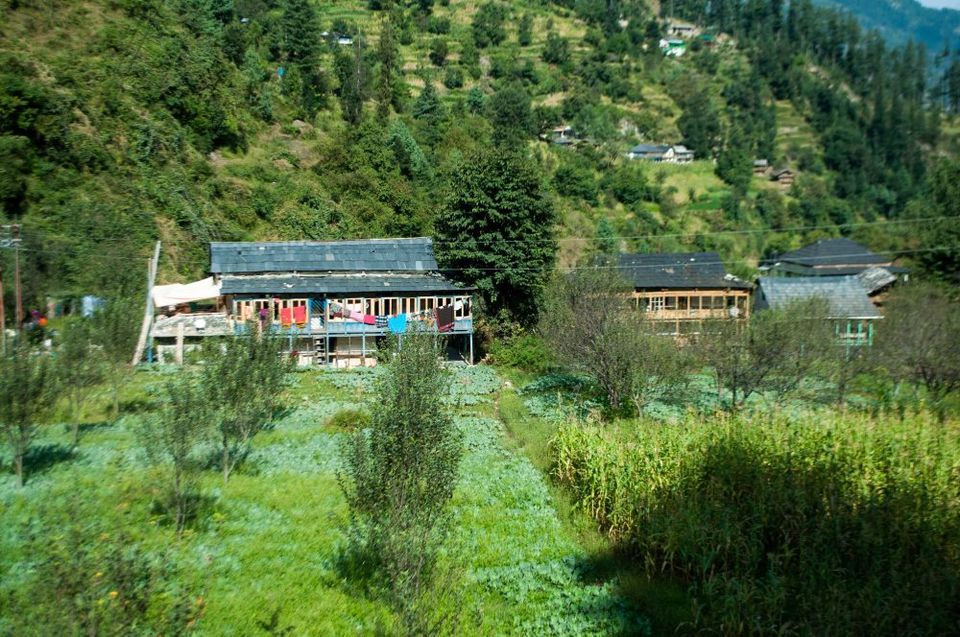
If I remember correctly there were some kids and also a pujari who tried to show me around the temple. I saw the watch, it was already past 1 in the afternoon and with the skies showering intermittently, I decided I should start making my way back to Bagi village.

Jibhi Travel Guide
How to reach Jibhi?
From Delhi, the easiest way to reach Jibhi is by boarding a Delhi-Manali Volvo and getting down in Aut. From there buses to Banjar and Jibhi are easily available from as early as 7 am in the morning. From Aut, time taken to reach Jibhi can be around 1 hr to maximum 2 hours depending on the public transport connectivity. One can also always take local taxis to reach Jibhi.











